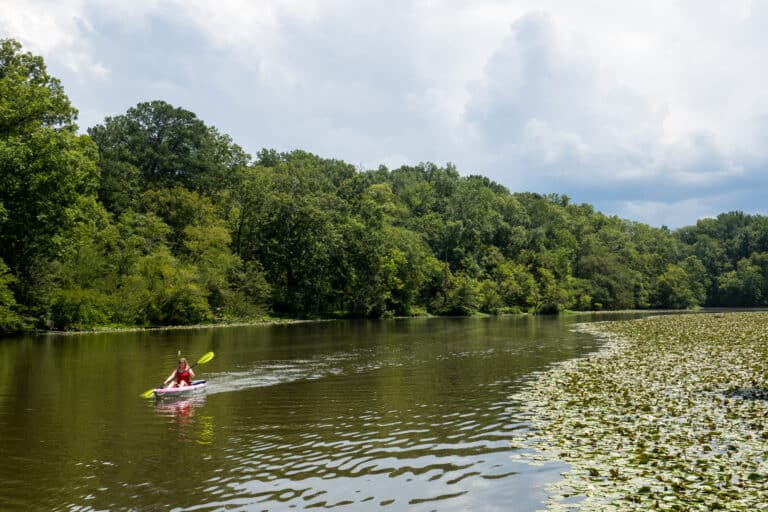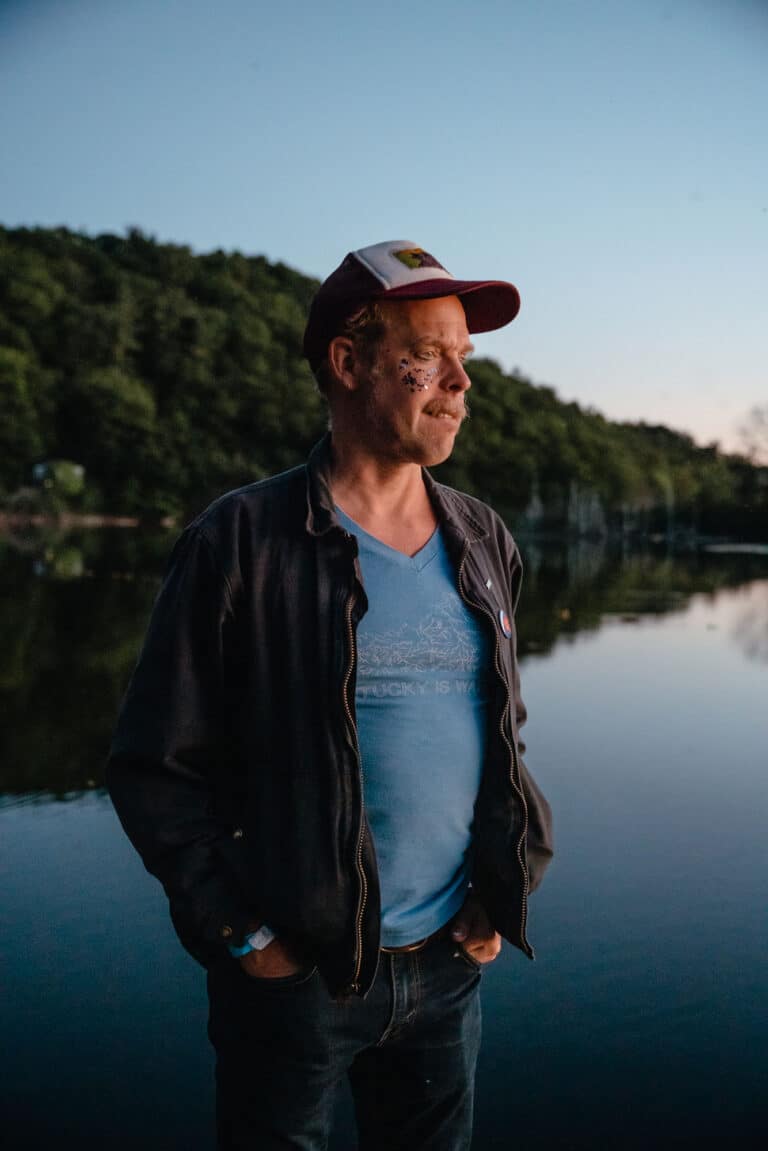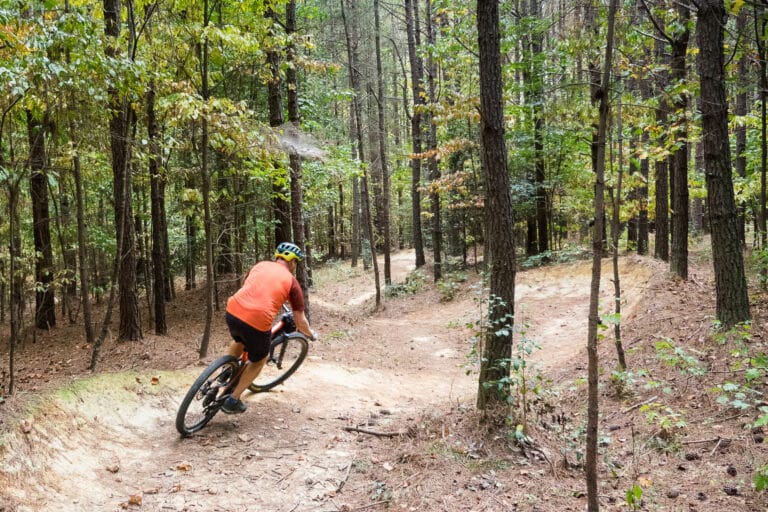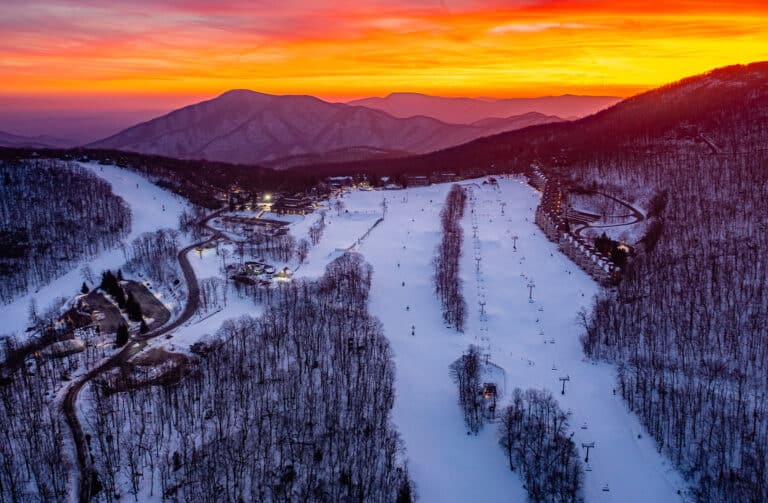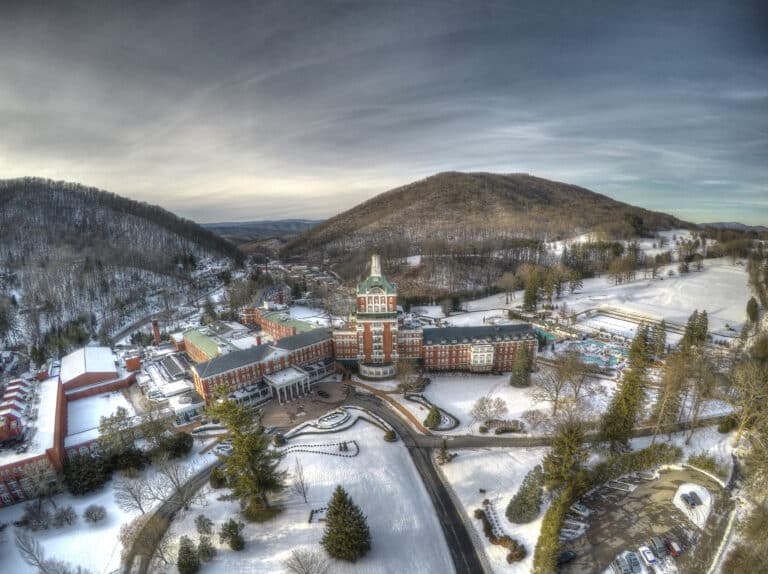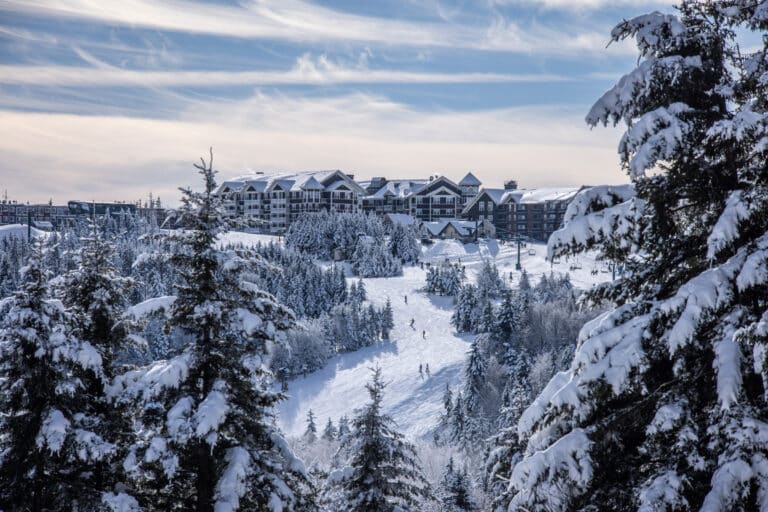Dear EarthTalk: What are some things that children and families can do to be greener (and to provide life lessons for the kids in the process)? — Cynthia Mosher, via email
There are many ways to be green around the family that are sure to rub off on the littler ones in your midst—if they don’t beat you to it, that is.
With environmental awareness so widespread among younger people in our society, most kids have learned more about being green from their school teachers and camp counselors than we adults might have gleaned in a lifetime. For one, the environmental “Three R’s”—Reduce, Reuse, Recycle—are followed at many schools nowadays. But just because your kids might hear about it at school doesn’t mean that it is sinking in, and that’s where you come in. By reinforcing such messages at home and on outings—and leading by example—you can be certain that today’s ‘tweens will be tomorrow’s greens.
If you don’t know where to start, look for the metaphorical low-hanging fruit: recycling. Learn what types of items your city or town accepts for recycling and sort accordingly. Teach your kids what goes into the recycling bin, and put them in charge. In many locales, residents must pay for trash hauling but not for recyclables, so diverting more of your waste stream to recycling will also leave more money in your wallet for those outings to the ice cream truck and toy store. Also, raid your recycling bin when the kids want to make arts and crafts; reusing materials for creative endeavors is about as green as you can get.
Another way to teach kids about being green is by talking about the foods we eat, where they come from, and the environmental impact our food choices have. No one wants to cause pollution or eat chemicals, kids included, so sourcing your food from local and organic sources when possible—and explaining why to your children—will benefit not only their development but the health of the Earth as well. Many vegetarians have chosen to avoid meat for environmental reasons, and should make sure their kids know why so they can make informed choices for their own diets accordingly when it’s their turn to decide.
Exploring the outdoors near or far with the family is also a great way to teach kids about appreciating and respecting nature and its wild plant and animal inhabitants. Any tidbits of knowledge you might have about the natural history of the place you’re visiting will be eagerly absorbed and remembered by the kids.
Richard Louv underscores the importance of fostering a connection between children and nature in his book, Last Child in the Woods. In it, Louv traces the evolution of a phenomenon he calls “nature deficit disorder,” whereby kids raised on a steady diet of video games and junk food may not turn into the great stewards of the outdoors we might hope for. His solution? Get them off the couch and into nature, where they will surely be wowed by what they encounter.
Last Child in the Woods has inspired dozens of “Leave No Child Inside” initiatives around the U.S. since its 2005 publication, and Louv has gone on to found the Children & Nature Network, which works with upwards of 50 regional groups across the U.S. that offer programs connecting children and nature. Parents can find events and activities near them via the group’s free online interactive “movement map.”
CONTACT: Children & Nature Network, www.childrenandnature.org.
SEND YOUR ENVIRONMENTAL QUESTIONS TO: EarthTalk, P.O. Box 5098, Westport, CT 06881; [email protected]. Read past columns at: www.emagazine.com/earthtalk/archives.php. EarthTalk is now a book! Details and order information at: www.emagazine.com/earthtalkbook.
